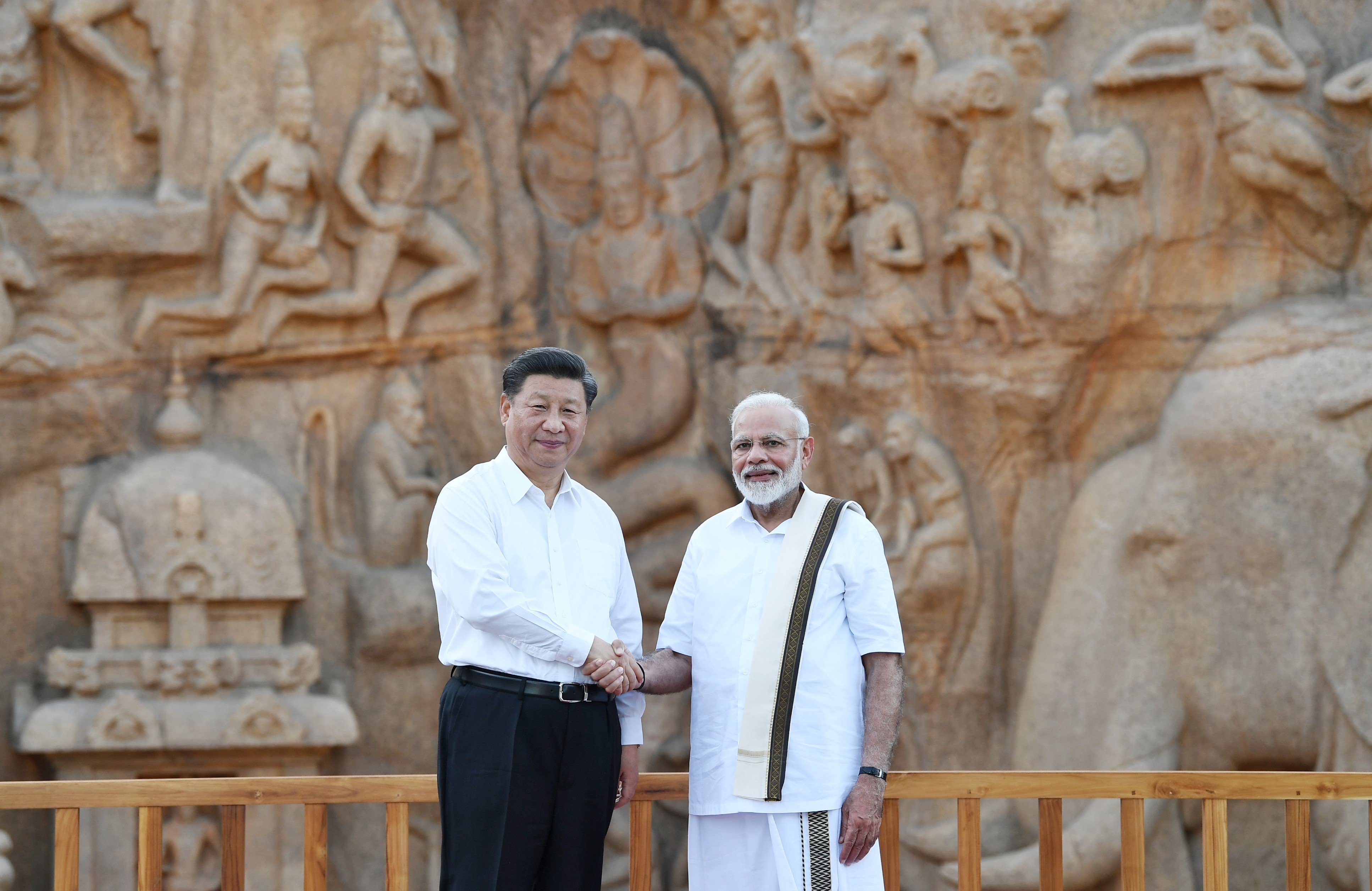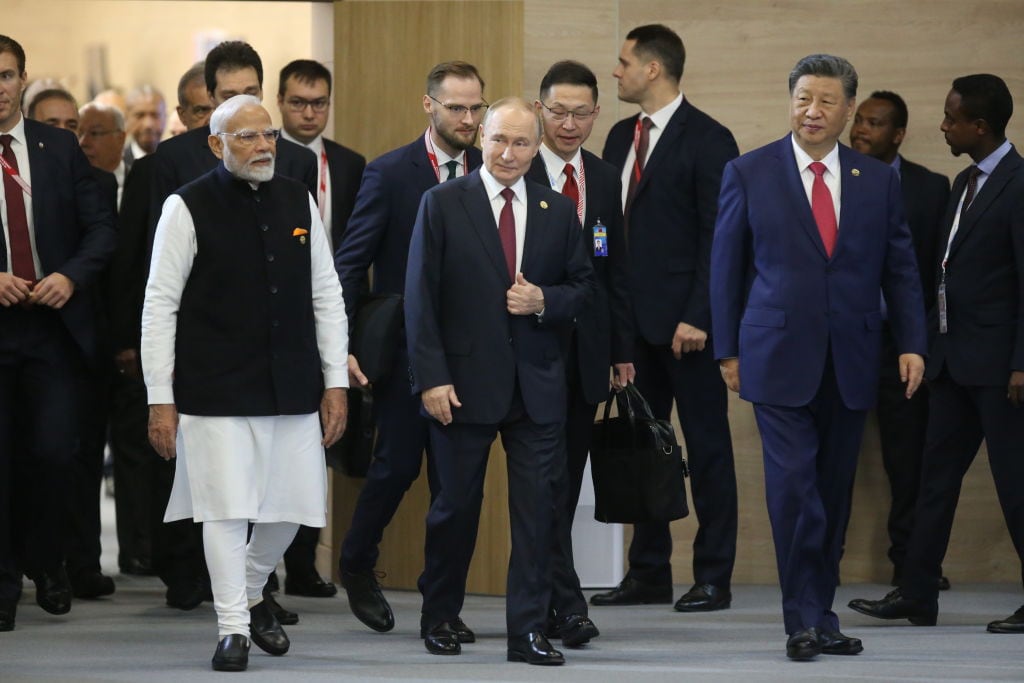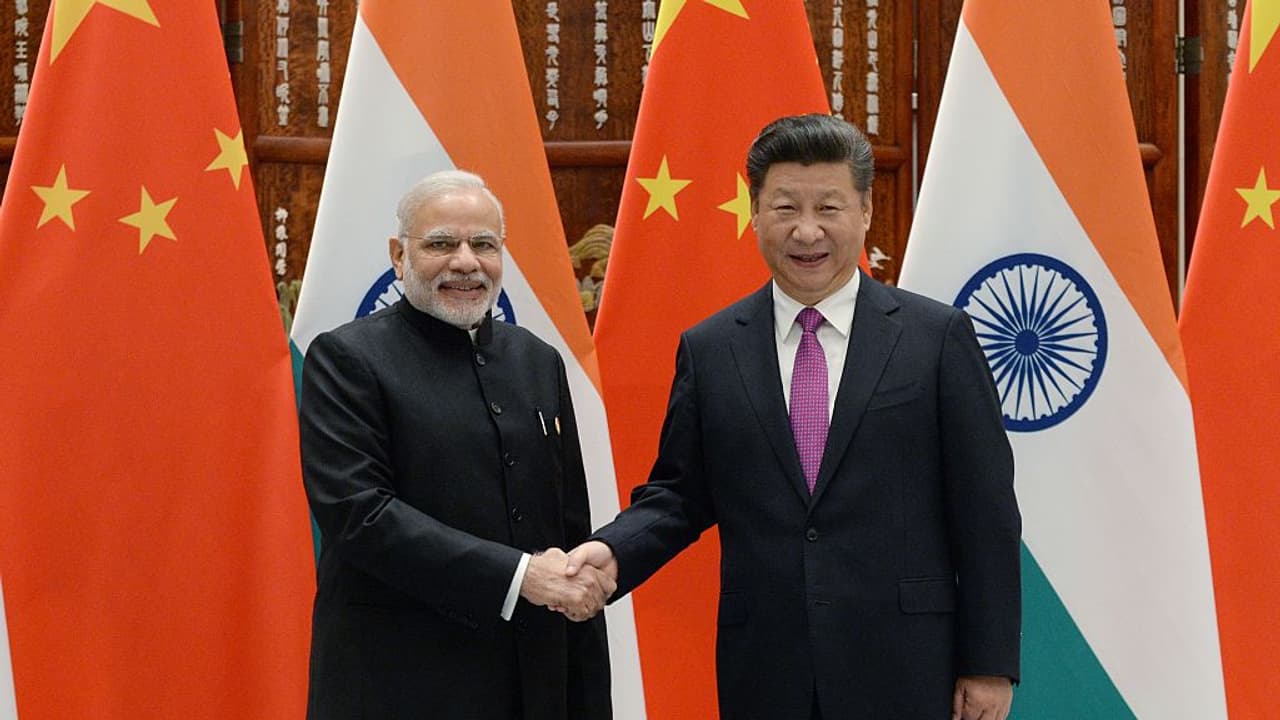From Wuhan’s boat rides to Mamallapuram’s coconut water and Kazan’s BRICS stage, PM Narendra Modi’s meetings with Xi Jinping trace a story of warmth, tension, and fragile diplomacy.
Prime Minister Narendra Modi is set to travel to China later this week, making his first visit to the country in more than seven years. He will attend the Shanghai Cooperation Organisation (SCO) summit in Tianjin on August 31 and September 1, and is expected to hold a bilateral meeting with President Xi Jinping on the sidelines.
For both leaders, this will be a familiar yet different moment. Their paths have crossed on the global stage several times, most recently at the BRICS summit in Kazan last year. But a face-to-face in China itself carries far greater symbolism, especially given how much the relationship has shifted since the last time Modi stood on Chinese soil.
Why This Visit Feels Different
India and China have had a rocky few years. The deadly Galwan clashes in 2020 left scars on both sides, and the atmosphere has remained frosty despite rounds of military and diplomatic talks. At the same time, economic ties remain deep, even as New Delhi pushes for reduced dependence on Chinese imports.
For Beijing, hosting more than 20 world leaders at the SCO summit is a chance to showcase its role as a leader of the Global South. For New Delhi, it is an opportunity to balance competition with dialogue. Against this backdrop, the Modi–Xi bilateral will be watched with keen interest, not just in Asia but across the world.
Wuhan 2018: Resetting After Doklam
Rewind to April 2018, and the picture was very different. Coming off the back of the tense Doklam standoff the year before, Modi and Xi met in Wuhan for what was billed as an “informal summit.”
The optics were carefully chosen: the two leaders toured the Hubei Provincial Museum, admired centuries-old Chinese artifacts, and even watched a traditional chime bell performance. The next day brought a more relaxed scene — a walk along East Lake, followed by a quiet boat ride and tea.
No major announcements were made, but that was never the point. The meeting was designed to send a message: that the two countries could step back from confrontation and talk things through at the very top level.
Scroll to load tweet…
Scroll to load tweet…
Scroll to load tweet…
Mamallapuram 2019: A Cultural Connect
Just over a year later, Xi arrived in Mamallapuram, Tamil Nadu, in October 2019. Modi, dressed in traditional Tamil attire, welcomed him against the backdrop of ancient Pallava-era monuments. Together they explored sites like Arjuna’s Penance, the Pancha Rathas, and the Shore Temple.
The informal setting made headlines worldwide when the two leaders were seen sipping tender coconut water together — an image that went viral as a symbol of personal warmth amidst political friction.
Behind the relaxed imagery, though, tough conversations were had. India raised concerns about the trade deficit and China’s Belt and Road Initiative. Xi described the exchanges as “heart-to-heart”, while Modi said the summit built positively on Wuhan. Though no deals were signed, both sides agreed to create a high-level trade dialogue and to manage differences carefully.

Scroll to load tweet…
Scroll to load tweet…
Scroll to load tweet…
From Kazan to Tianjin: The Road Ahead
Since Mamallapuram, the relationship has been stress-tested. The border clashes in 2020 plunged ties into their lowest point in decades. Yet, the two leaders have continued to encounter each other on multilateral platforms. Their most recent shared stage was at the 2024 BRICS summit in Kazan, Russia, though that was more formal than personal.
Now, as Modi travels to China for the SCO summit, the stakes feel higher. The meeting with Xi on August 31 may not produce dramatic breakthroughs. But the very fact that the two leaders are expected to sit down together after years of turbulence signals that both sides still see dialogue as necessary, if not urgent.

What to Watch For
In past encounters, images have mattered as much as outcomes — whether it was a museum tour in Wuhan or coconut water in Mamallapuram. This time, the optics will be closely watched. Will we see moments of warmth again, or a cooler, business-like tone reflecting the hardened realities since Galwan?
Either way, the meeting will underline one simple truth: India and China cannot afford silence at the top. For all their disputes, the channels between Modi and Xi remain the thinnest but most important bridge holding the relationship together.
